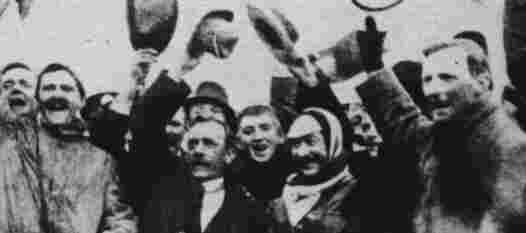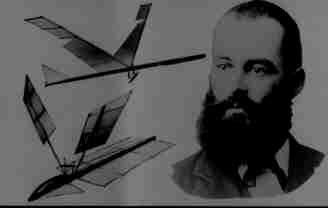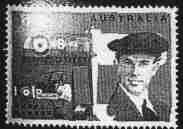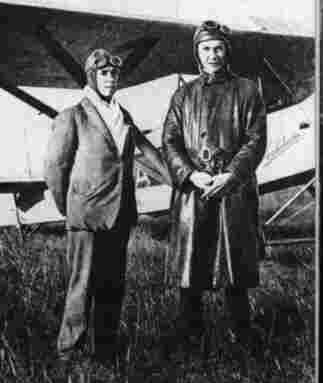 |
|
|
|
|
|
|
|
|
After the war ended, very weak, he returned to Australia. By 1923 he had joined Hudson Fysh (q.v.) as 'Airline' pilot but then joined Vacuum Oil Co. as a salesman until 1926. Moving to Adelaide as manager of AEC (Australia )Ltd. he also took up instructing at Parafield during the Depression and 'barnstormed ' with Horrie Miller. By 1928 he was back at Vacuum Oil as Aviation Manager retiring in 1959. He was an influential member of the emerging aviation industry in Australia. A young astronomer at Sydney University in 1880 experimented with exquisitely made model planes (some gliders, some rubber powered) and kites( altogether over 80 designs including 'wind tunnel 'models). He had studied animals, birds and fish for motion in flight. He invented a rotary engine in 1887and about 30 others . Later using compressed-air engines his models nearly supported a man in flight in 1892 but failed. His kites, in 1894, lifted him 16 feet and he was beaten by the Wright Brothers in 1903 in actually sustained flight , even though Octave Chanute (in 1894) said that 'he deserved to be the first to fly'. In 1910, because of apathy in Australia his models all went to Munich, Germany, for permanent display where they were mostly destroyed in W.W.2. His picture is on the $20 note. (Footnote : when young he invented special boots for walking on water ! ) (Gov. Pub. Service 1984 booklet) A Paramatta, Sydney, dentist bought a Bristol Biplane (Boxkite ?) from J.J. Hammond (from N.Z.) in 1911, when the latter had been refused permission to sell it to the Government. The price was £300 but Hart was refused flying lessons by Bristol's so he taught himself and gained the first aviator's license in Australia, in November, 1911.(Editor's note:-- It was a source of irritation that all the early licenses were granted to Victorians not throughout the other States of Australia ) In January 1912 he started a flying school in Penrith, N.S.W., though carrying a 17 stone Army Major nearly proved disastrous. A dairy farmer successfully sued for cows going off their milk and stampeding. Later on he had 'The First International Aviation Contest' in Australia against E. Stone in a Bleriot monoplane and won. He served in the Australian Flying Corps in W.W.1 and bought Bert Hinkler's 'Baby' in 1925. At 12 years old he worked at a garage for 5 shillings a week, where he built engines before going to England. He became an instructor after qualifying to fly and managed hangars at Brooklands Aerodrome, the hub of British aviation. He became Chief Test Pilot for Tom Sopwith having made his name as an aviator. In 1914 he demonstrated flying to Australia in a Sopwith Tabloid which he had designed earlier. A wild crowd nearly wrecked the plane once and he damaged it more stunt flying, so he went back to England. W.W.2 saw him kept in England testing hundreds of production aircraft. In 1919 he attempted to fly the Atlantic in a triplane and disappeared. He was rescued from the sea by a cargo vessel, which was not equipped with radio. He won the Daily Mail prize of 5000 pounds, however. His plane crashed in 1921 practicing for an aerial 'Derby' and he was killed. He had spinal TB and that plus a fire in the air were contributing factors. Since 1879 he had been ballooning around in Melbourne. In 1884 he used 'The Gem' to demonstrate the safe use of this device to the public, taking about 80 ladies and children aloft thereafter in 1885. In 1888 he conducted parachute trials with J.T.Williams in Sydney. (Aus. Aviators). |
|||||||
|
|||||||
|
|
||||||








